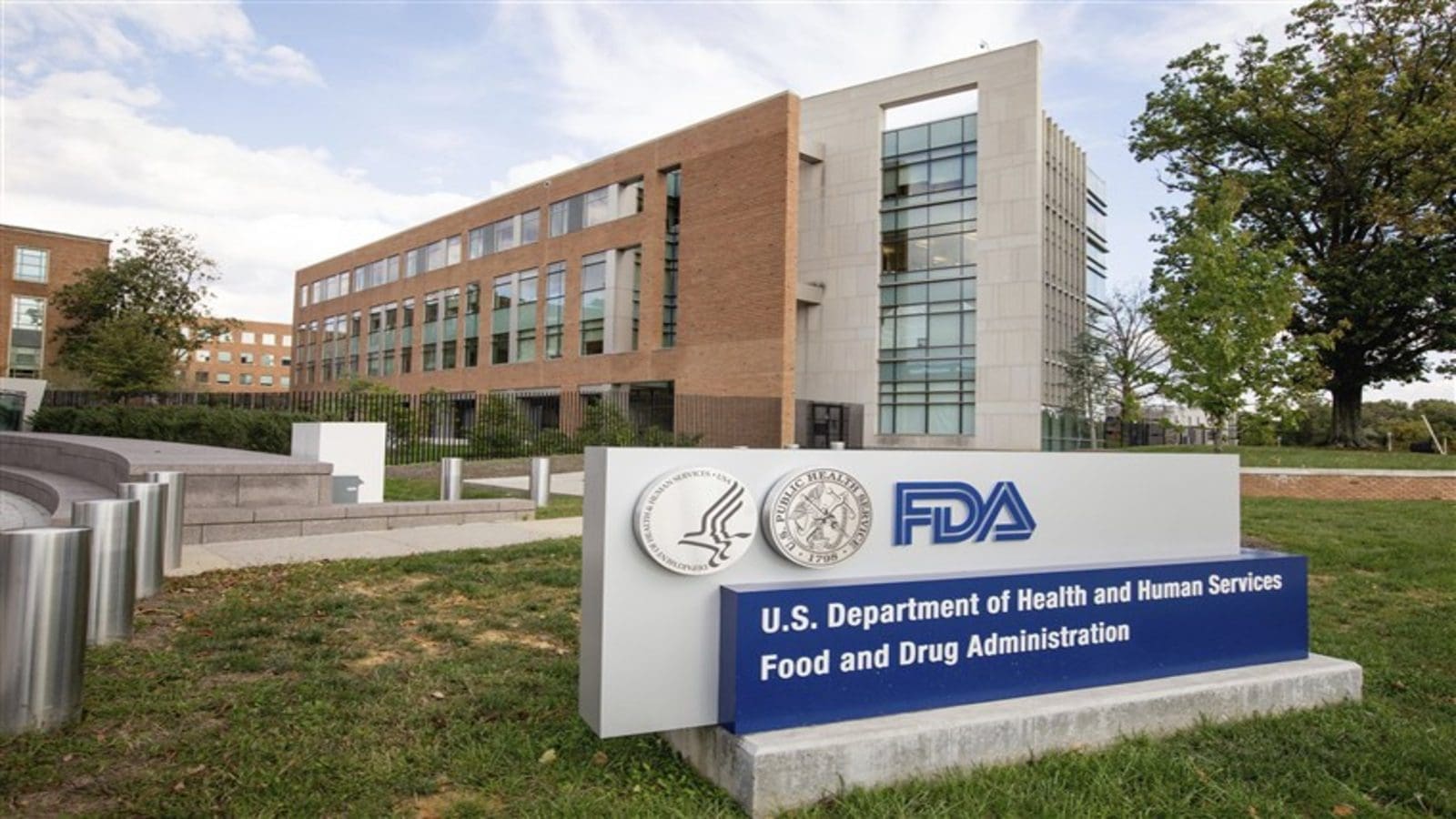U.S – The U.S Food and Drug Administration (FDA) has published a new, interactive public data dashboard that allows anyone to view historical data from the Reportable Food Registry (RFR), an electronic portal for Industry to report when there is reasonable probability that an article of food will cause serious adverse health consequences.
The Registry helps the FDA better protect the public’s health by tracking patterns and targeting inspections.
“The RFR program helps our state and local partners better determine when to issue health alerts, take steps to remove harmful food from the market, and target enforcement efforts, such as sampling assignments,” said the FDA.
As opposed to previous times, the new dashboard, which will be updated annually, makes it faster and easier to get better data from the RFR.
The new RFR public data dashboard contains 10 years of data from September 2009 to 2019 and covers 28 commodities and 20 food safety hazards.
Unlike the past RFR annual reports previously used to publish data, the new dashboard allows users to interact with the data points to gather more customized information at any time to find answers to their specific questions.
Users can modify the graphs and charts and view trends based on selected commodities, hazards, and time frames. The dashboard is available as part of the FDA-TRACK program, the FDA’s agency-wide performance management system.
In publishing this dashboard, the FDA is taking additional steps to increase public data access by including a downloadable, raw RFR data set to enable stakeholders to perform their own analyses.
In modernizing how people can view and use RFR data, the interactive dashboard increases access and transparency with state and local partners who use the data to better workplan and determine how to target their own sampling assignments to concerns that are more common in their area;
It also allows industries to educate themselves on trends and identify areas where additional good manufacturing practices and preventive controls could better prevent future outbreaks or contamination in their products.
In addition, the RFR data offers a robust data set to researchers and others who are interested in studying the safety of the food system.
FDA has also announced that the agency will begin a project in 2022 to allow companies to export the RFR data from their business systems directly to the portal.
Once complete, companies will be able to upload RFR reports to the Safety Reporting Portal, where product safety issues are reported to FDA. The information will then be distributed simultaneously to both the RFR and Recalls Programs. FDA anticipates that this update will become available in 2023.
Liked this article? Subscribe to Food Safety Africa News, our regular email newsletters with the latest news insights from Africa and the World’s food safety, quality and compliance. SUBSCRIBE HERE








